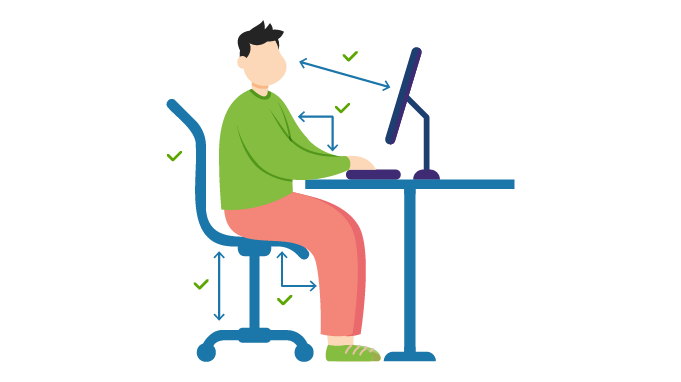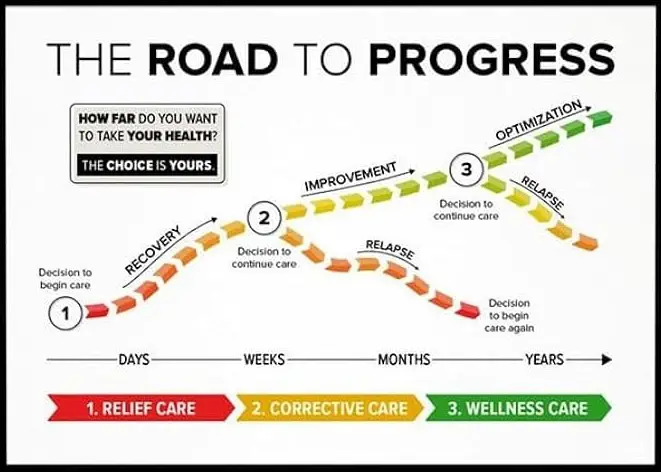Chronic headaches can disrupt your daily life and leave you searching for relief. At The Roeske Clinic, we offer natural, non-invasive chiropractic solutions to address the root causes of headaches. Whether caused by tension, posture issues, or spinal misalignments, our personalized treatments focus on alleviating pain, reducing frequency, and preventing future episodes, so you can get back to living comfortably.









